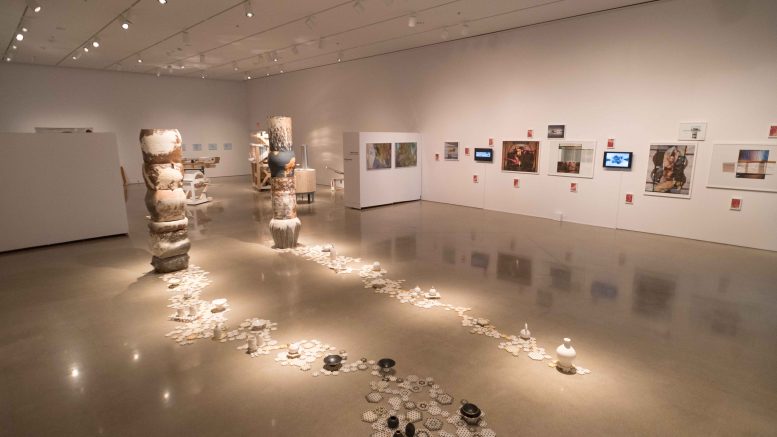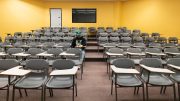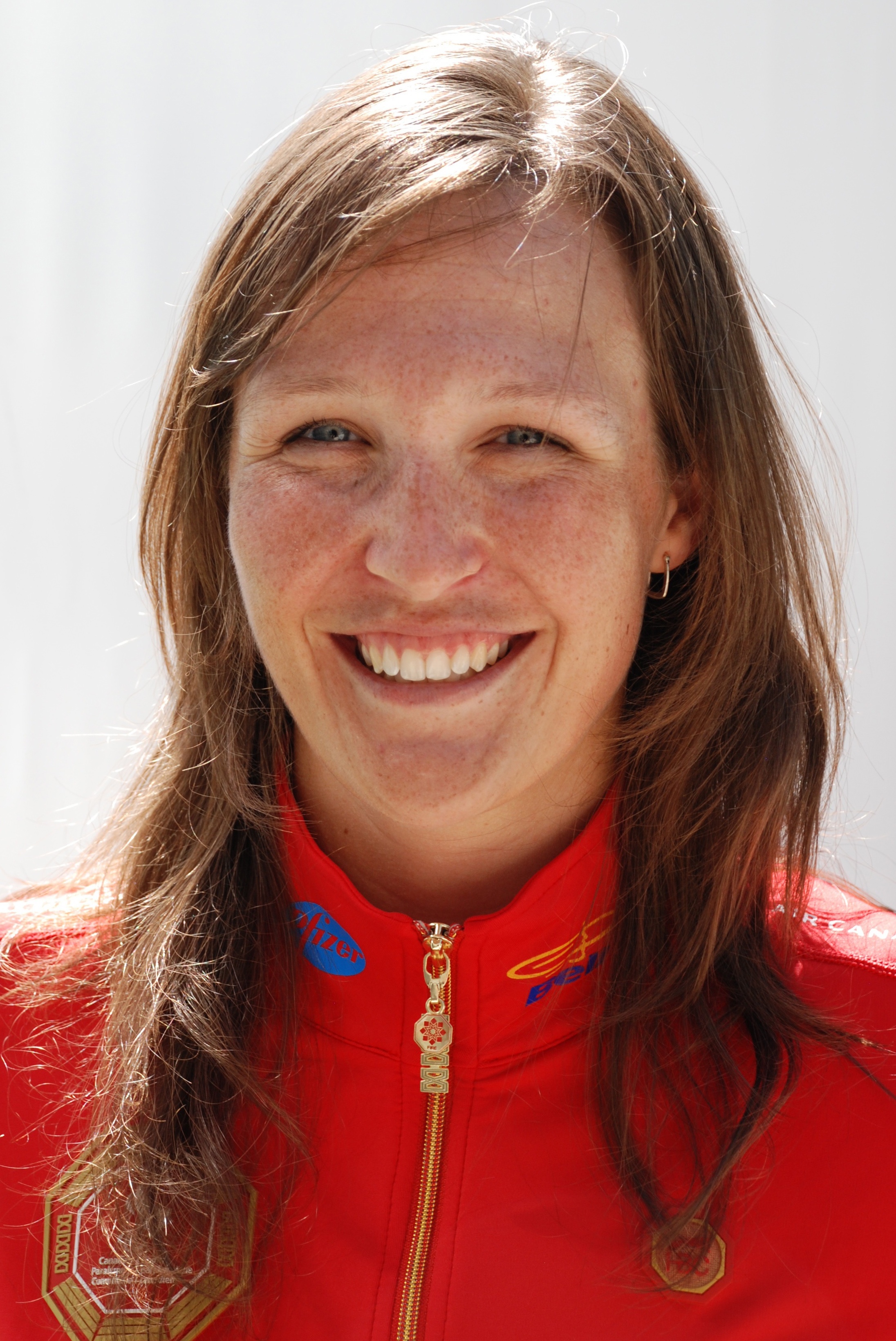Four University of Manitoba master of fine art students are showcasing their thesis exhibitions at the School of Art Gallery located at 255 ARTlab (School of Arts building). The exhibitions, titled Grasp the Nettle, will be on display from June 3-24 and is free and open to public.
The students – Gwendolyn Freeman, Grace Han, Shaun de Rooy, and Phoenix Thomas – are on the verge of completing their masters’ programs and the thesis exhibitions (which also feature oral examinations) are a culmination of two years of training and research for each.
Artist and University of Manitoba professor Mark Neufeld is a member of the committee tasked with examining, accessing, and grading the students’ displays. He believes the thesis exhibitions are a good way to challenge the students creatively.
“The primary aim of the process and, by extension, the exhibition is to serve as a model for the student for future independent creative artistic research and a practice of exhibition-making,” Neufeld told the Manitoban.
“On a more prosaic level, it is also about demonstrating artistic competence.”
For the display, each student brings something artistically different to the table. Freeman uses photography as a sensual medium that acts similar to paint to convey visceral and ambiguous qualities in abstract forms. Han, a ceramic artist originally trained in South Korea, uses her art and art space to create a channel for audience to experience her struggles, interact with her works and see what she truly is in between. de Rooy’s exhibit is a series of machine-like sculptures that questions the definition of an object’s usefulness. Thomas’s work explores the relationship between North America and its indigenous population.
In preparing for these exhibitions, the students were forced to challenge themselves creatively and develop an ideal sense of style and identity in their art works.
“Having the deadline of the thesis exhibition creates a great structure to work within – it keeps things focused and it keeps you focused on the task at hand. Having a bit of structure is helpful for constructing your creative plan and managing your time appropriately,” de Rooy said.
“However, having the exhibit as a deadline also makes the creative process more challenging because it gives you less time to figure out exactly what you’re creating. Making art isn’t always as simple as having an idea and then making the work. In fact it’s rarely that way.”
The students also gained a new perspective on the creative process and making exhibitions.
“There’s tons of information online with easy access these days. Sometimes, I see it as ‘visual noise’ – I have seen many students find work online and try to mimic it without giving deep thoughts to it or try to make it their own,” Han said.
“I believe that having ‘oneself’ in [one’s] own work is very important and aspiring artists should focus more on themselves and put their voice in their work rather than making an ‘object.’”
Besides being challenged creatively, the students have learned a great deal from the experience, not to mention the two years of research that preceded these exhibitions. Having completed her bachelor of fine arts at Dankook University in South Korea before moving to Canada for her masters, Han says she has more appreciation for her Korean ceramic style and has learnt to be herself and put her voice in her work.
While the students relish the experience and opportunity to share their work with an audience, they would also be hoping to impress the thesis committee. Neufeld mentions he will be on the lookout for artworks that shows a sense of thoroughness.
“I am looking for a sense of thoroughness; that [the students] have tried and tested many options, and that the work I see before me is the result of that. Thoroughness also can be expressed as being consistent” said Neufeld.
“The challenge is to find ways to be inventive within a limited set of constraints.”
He is also convinced that the MFA program is on the right track with the thesis program and other recent developments.
“ARTlab recently received a Governor General’s Award for architectural distinction, and with the recently renovated Taché Hall space, our master of fine arts students have full access to what I think are the best facilities in the country,” Neufeld said.
“As for work to be done, the University of Manitoba has the goal of achieving a larger indigenous population among its student body and faculty – to begin to be more in line with Manitoba’s very diverse population. So there is more to be done there.”




